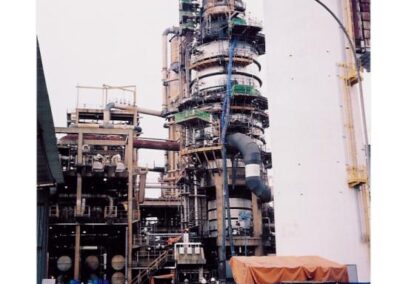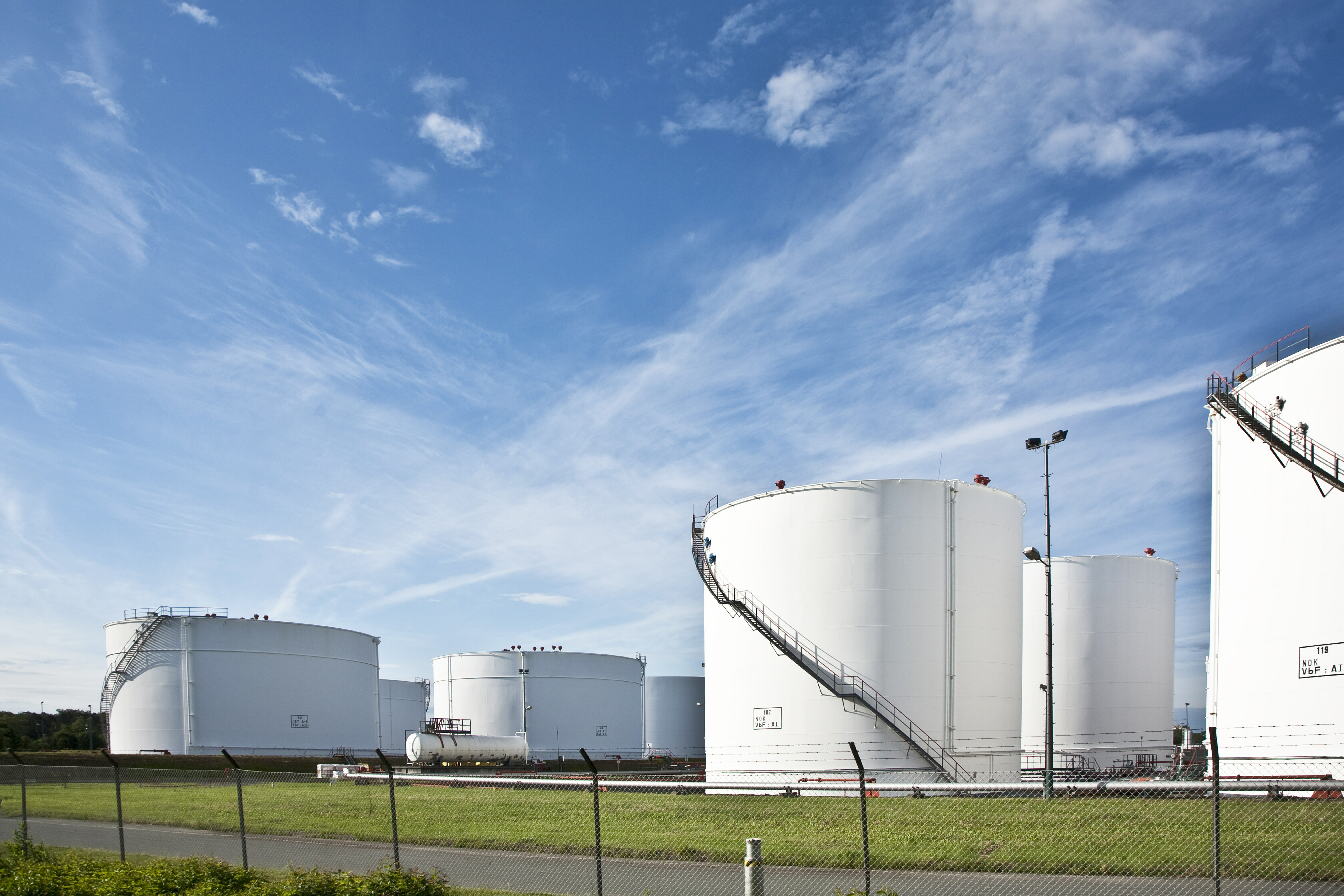Case History
Refinery company unexpectantly gained $275,000 from recovered hydrocarbon and saved $700,000 in disposal costs with chemical cleaning of a large floating roof tank
Results Achieved
Recovered hydrocarbon liquids provided $275,000 in unexpected revenue for the client
Saved the client $700,000
in disposal expenses
Hazardous waste reduced from 1,700 tons to less than 100 tons
Chemicals Utilized
Award-winning asphaltene dispersant and anti-foulant
Rapid absorption and encapsulation of vapor-state hydrocarbons
| Project Overview | |
| Tank Size | 240 ft. (73 m) diameter |
| Tank Design | External floating roof |
| Service | Vacuum resid |
| Sludge Volume | 14,700 barrels (2,337 m3) |
| % Oil Recovered | 97.3% |
| Time Required | 4 weeks |
This tank was in heavy vacuum resid (asphalt) service. The asphalt had a melting point of over 204°C (400°F). A serpentine heater coil system that had been fitted in the tank was non-functional due to corrosion. Additionally, the tank floor was also expected to be damaged and leaking. The company had previously cleaned a sister tank of similar size and debris/sludge volume by cutting access doors in the tank shell and excavating the asphalt from the vessel with backhoe equipment, which damaged the tank floor. The solids were disposed by incineration at a fee of $400 per ton. Approximately 15,000 bbls (2,384 m3) of solid asphalt was expected.
In this case the asphalt removal was completed with side-mounted circulation tools that carried a proprietary product chemical package (FQE® Solvent-H) and cutter stock to facilitate the dissolution of the recoverable solids. Over 97% of the asphalt and diluent volume was salvaged as recoverable hydrocarbon. The tank was then treated with FQE LEL-V degassing product leaving the tank clean and vapor free.
The recovered hydrocarbon liquids were sold directly into the marketplace as marine diesel fuel for $19.00 per barrel giving the customer over $275,000 of unexpected revenue. The volume of hazardous waste was reduced from a projected 1,700 tons to less than 100 tons of non-hazardous waste (tank rust) saving the customer an additional $700,000 in disposal expense.



